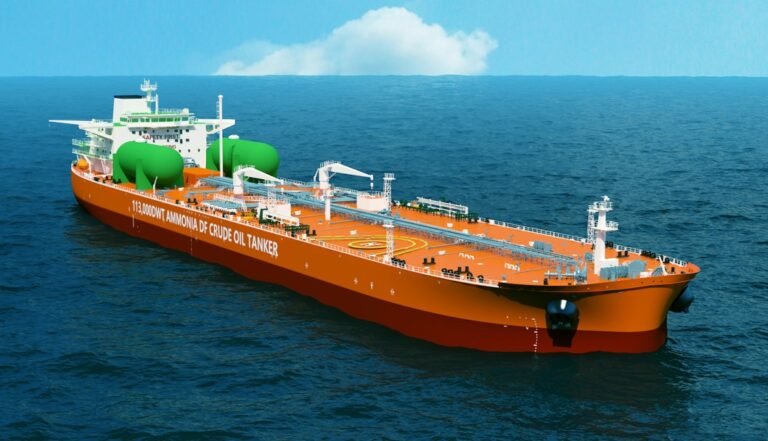The Future of Tanker Operations: Navigating Safety Challenges in Decarbonization
The tanker sector keeps its finger on the pulse regarding fuel options but is cautious about readiness, safety, and regulatory support, BIMCO, the world’s largest international shipping association, shared.
As the sector moves deeper into decarbonization, ensuring the safe, scalable, and practical use of multiple fuel options is said to be “a pressing concern” for tanker operators.
Members from across the tanker industry exchanged insights on operational safety in the context of alternative fuels during the 10th BIMCO Tanker Safety Network meeting on June 12, 2025, that also featured live polls.
As informed, over half of the respondents (52%) identified ammonia as the most viable fuel pathway by 2040, reflecting growing interest in its zero-carbon potential despite known safety challenges. When asked about top operational concerns, 38% pointed to bunkering compatibility and 28% to onboard safety risks, signalling that practical implementation remains a critical hurdle.
Confidence in the safety of alternative fuels was most strongly associated with technological maturity and system reliability, selected by 57% of participants. However, readiness levels told a different story: 69% reported being only moderately prepared to handle alternative fuels, with planning underway but full operational capability still developing.
A striking 80% of attendees flagged “all of the above” when asked about key training gaps—citing the need for improvements across STCW revisions, safety culture, and design awareness.
Views on nuclear propulsion were split, with 52% considering it viable but facing acceptance and regulatory barriers. Finally, 56% of respondents identified the lack of guidance on inherently safer ship design as the most pressing regulatory shortfall.
This data underscores a shared concern: while decarbonization is inevitable, the current safety and training ecosystem is not yet fit-for-purpose.
During one of the presentations, ammonia was highlighted as a promising but demanding option, one that requires careful management of toxicity, risk communication, and emergency procedures.
Liam Blackmore, Principal Engineer at Lloyd’s Register, stressed that enabling a credible transition to zero-emission fuels will depend on embedding safety considerations into every phase of implementation, from vessel design and bunkering infrastructure to crew training and regulatory development. He also outlined the ongoing regulatory work at the IMO, noting that while amendments to MARPOL Annex VI have been approved in principle, key supporting guidelines are still under development, including those on lifecycle GHG intensity, safety management systems, and zero- or near-zero (ZNZ) reward mechanisms.
The presenter also drew attention to the need for “inherently safer design” principles and the urgent revision of safety management frameworks such as the ISM Code to reflect fuel-specific risks. As he concluded, he emphasised that a just and equitable transition will require not only technical solutions but also an inclusive safety culture and global alignment on training and operational standards.
Another presentation turned attention to the commercial and logistical realities of adopting alternative fuels. The presenter, William D.O. Andersen, Marine Fuels Sourcing, Seascale Energy, underscored a key point: no single fuel will meet the needs of all ship types or trades, and fuel choice will continue to depend on vessel segment, trade patterns, and regulatory context.
Biofuels, while operationally straightforward, face limitations in supply and scalability. LNG offers a transitional pathway but raises concerns around infrastructure investment, cost, and long-term regulatory alignment. Methanol was described as a promising option due to existing bunkering readiness, although production of green methanol remains limited. Ammonia, noted for its zero-emission potential, was flagged as both capital-intensive and highly sensitive to safety protocols and cross-sector demand pressures.
The presenter also stressed that pricing and availability, not just technical feasibility, will be decisive factors in determining which fuels gain traction. He concluded by noting that economic tools such as carbon pricing or CO₂ taxation may ultimately play a critical role in accelerating the transition to green fuels.

